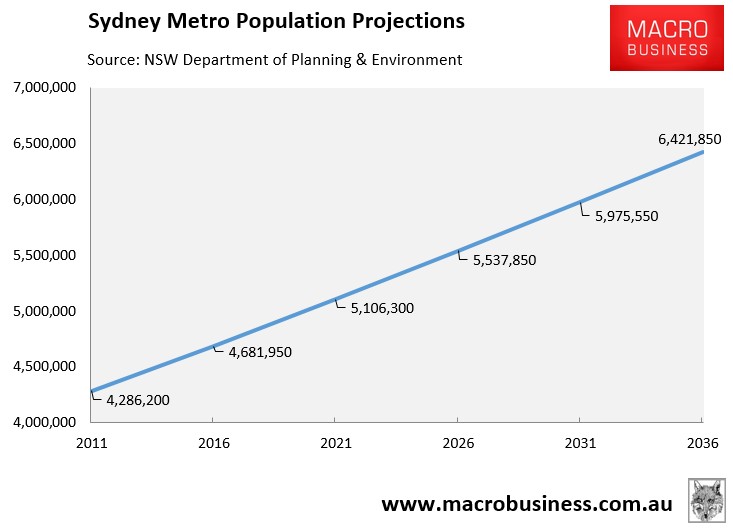This site has gone to great effort exposing the pitfalls of the ACT Light Rail Project.
Last month, secret NSW Government documents were released revealing that the Parramatta Light Rail Project – the centrepiece of the Government’s plans to cement Parramatta as Sydney’s second central business district, as well as facilitate the building thousands of apartments around Sydney Olympic Park – has experienced a massive cost blowout and the benefits are unlikely to meet the costs. From The SMH:
[The cost] has ballooned to more than $3.5 billion – $2.5 billion above what has been budgeted…
If a project’s benefit cost ratio is less than one, a project is expected to deliver less benefit than cost.
A business case dated May 2015 shows a maximum benefit cost ratio for light rail lines around Parramatta of 0.73.
An addendum dated July 2015 reports range benefit cost ratios from 0.66 if only transport benefits are included, potentially rising to 1.06 if “wider economic benefits” are included…
The line is expected to run services every 10 minutes during the day, and carry around 10,000 passengers in a morning peak hour by 2036.
Yesterday, the NSW Auditor-General released a damning assessment of the Government’s CBD and eastern suburbs light rail project, whose cost has also blown-out by over $500 million due to an incomplete business case. From The Australian:
“Mispricing and omissions” have pushed the cost of construction up by $517m, from $1.6 billion to $2.1bn, with the blame largely attributed to the failure of Transport for NSW to finalise key design agreements before signing the major contract.
The audit office report also said the benefits of the project were $1bn less than early estimates of around $4bn, a figure which could fall further.
More via The AFR:
“Transport for NSW pursued tight project timelines for the CBD and south east light rail project without fully documenting its consideration of the impact on costs, risks and benefits, and it presented a business case with an inadequate economic appraisal,” the Auditor-General’s report said.
With the Australian Government running a high immigration program, and Sydney’s population projected to balloon by 87,000 people per year (1.74 million in total) over the next 20 years – equivalent to 4.5 Canberra’s – the state government will need to invest heavily in infrastructure or risk crippling congestion, as well as lower urban amenity and living standards.

The problem is that these projects are unlikely to provide net benefits for residents and instead represent a subsidy to high-rise property developers located along the line.
The other problem is that large cities like Sydney and Melbourne have reached such a size that they are exhibiting diseconomies of scale, which occurs when the cost of providing an extra unit of infrastructure increases as the city grows.
Basically, because Sydney and Melbourne are already built-up, there is little room to retro-fit new infrastructure without expensive additions like land buy-backs, tunnelling, or hideous disruptions to existing infrastructure.
We have seen these diseconomies of scale time and time again. For example, projects like Melbourne’s now defunct East West Road Link was expected to cost 18 billion, whereas Sydney’s North West Rail Link would cost $8 billion. That’s an astounding $350 million to $1 billion per kilometre.
Hence, running a population ponzi economy becomes increasingly costly for existing residents. The huge infrastructure costs also forces unpopular asset sales, increased debt borrowings and austerity.
The obvious solution is to significantly dial back immigration and forestall the need for the costly new infrastructure projects in the first place.

